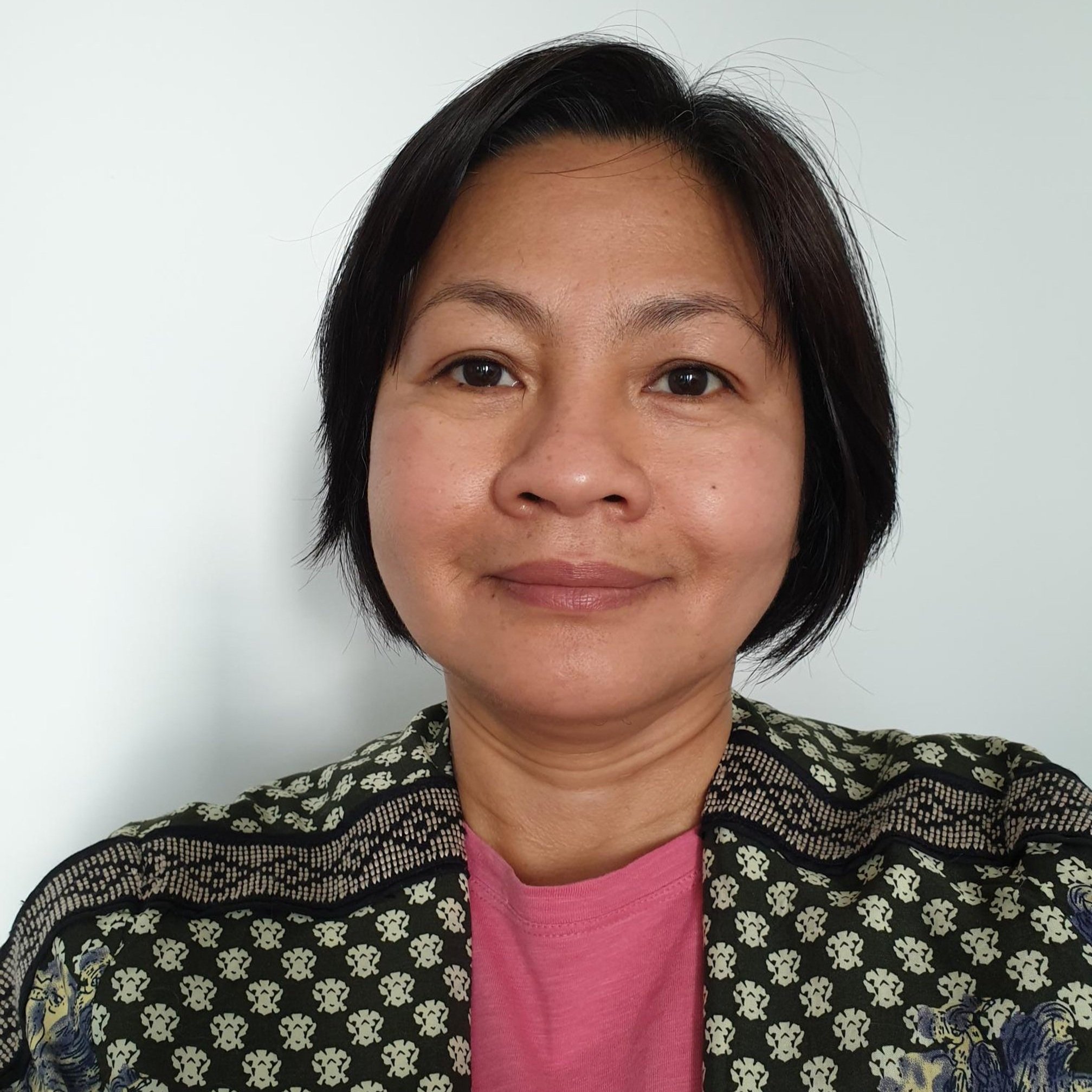Women Judges and the Rise and Fall of Philippine Democracy
/Imelda B Deinla
Ateneo de Manila University
The fate of Chief Justice Maria Lourdes Aranal-Sereno is emblematic of women’s representation in the highest organ of justice in the Philippines. Justice Sereno made history as the first woman – and the youngest - chief magistrate of the Philippine Supreme Court. She was appointed during the term of former President Benigno Aquino III (2010-2016) who ushered in a period of relatively stable liberal democracy and championed accountable governance. Her appointment in 2012, nevertheless, surprised many and, after the tumultuous impeachment of her predecessor Renato Corona, was anticipated to bring integrity, competence, and independence to the judiciary. In 2016, when President Rodrigo Duterte took office, part of his agenda was to remove Sereno who was then ousted by her colleagues in the Supreme Court through an unprecedented use of quo warranto proceedings. This is a general legal procedure to remove a public official on the ground that the person has no right to the office. The 1987 Philippine Constitution (Art XI, Sec 2) has provided for a specific process for disqualifying a chief justice through impeachment.
Sereno – just as most women lawyers and judges - had to traverse a once male-dominated legal profession to be recognized and respected. In the Philippines, such people are known as a ‘legal eagle’, a term to refer to those who have attained prominence in the field. They are also considered to be politically influential, and thus close to the corridors of power. There are law offices which have attained the stature of ‘The Firm’, in reference to the influence they wield on Philippine politics and society. The legal profession is a path towards membership into this elite field. Being a woman and coming from a less fortunate or middle-class background means that the only way to be appointed to the penultimate court is for women lawyers to possess exemplary talent and connections. Sereno, who came from a modest background, graduated at the top of her class in one of the most prestigious law schools, the University of the Philippines, and worked in a well-connected firm.
The ouster of Sereno, while part of the broader trend under the Duterte administration to undermine or weaken accountability mechanisms, also reflects a pattern of ‘machismo’ culture prevailing in the Philippine society. Sereno, along with Filipino women leaders such as Nobel Peace Laureate Maria Ressa and Senator Leila de Lima, who criticized government policies – in particular the war on drugs - have been prosecuted or removed from office. Sereno’s youth, ‘inexperience’ in the judiciary (in comparison to career judges) having come from the academe and private sector, and management style have been queried within and outside of the courts.
Filipino women have generally elevated their position in society through education and by asserting their rights for equal recognition and respect. Women lawyers have in fact broken the glass ceiling by becoming partners in law firms, by establishing their own practices, and attaining senior executive roles in the public and private sector. They continue to dominate Bar examinations and many have received judicial excellence awards in performing their functions. In the judiciary, women comprise over half of the lower courts, but are under-represented in the upper courts. Since the authoritarian government of Ferdinand Marcos (1965-1986), there have only been 15 women justices appointed to the Supreme Court, with only two appointed during Marcos’ 20 years in office. Since democratization in 1986, women judges have only comprised between 2 to 4 out of 15 justices in the Supreme Court, with the exception of the 5 who were appointed during the term of the second woman president, Gloria Macapagal-Arroyo (2001-2010). This demonstrates the persistence of formidable institutional barriers for women lawyers to gain equal representation in the highest court.
Sereno and her predecessors post-Marcos were the beneficiaries of the democratization process that paved the way for some reforms in judicial appointment. Many women lawyers also found opportunities with the creation of roles and offices that were generated by legislation, including laws that provide equal opportunities and protection against discrimination against women. Some of the women justices were also part of the push for democratization, notably Cecilia Munoz-Palma who was also part of the constitutional commission that drafted the democratic 1987 Philippine Constitution. Previously known as an activist court, the Supreme Court has been acknowledged as a beacon of democracy despite the political upheavals of transition. In liberal times, women judges have banded together to maintain constitutional democracy. During illiberal times, women judges went their separate ways, as I show in my chapter in Women and the Judiciary in the Asia-Pacific. Nevertheless, this trend demonstrates that Filipino women justices have shown their fortitude in upholding judicial independence.
Justice Sereno’s struggle to fight off impeachment was a battle for judicial independence, however futile. She is a product of a liberal period for the Supreme Court that recognized individual merit and women’s equality, as well as giving her the courage to resist and endure. And there are many other women lawyers and judges, who despite the specter of misogyny, repression, and violence, continue to hold the torch to sustain a fledgling democracy and the rule of law. After all, a vibrant legal profession and independent judges – and especially women judges - can only thrive in a free and just society.
Imelda B Deinla is Associate Professor at the Ateneo School of Government, Ateneo de Manila University, Philippines
Suggested Citation: Imelda B Deinla, ‘Women Judges and the Rise and Fall of Philippine Democracy’ IACL-AIDC Blog (11 November 2021) https://blog-iacl-aidc.org/women-judiciary/2021/11/11/women-judges-and-the-rise-and-fall-of-philippine-democracy.






![Xx1088_-_Seoul_city_nightscape_during_1988_Paralympics_-_3b_-_Scan [test].jpg](https://images.squarespace-cdn.com/content/v1/5af3f84a4eddec846552ea29/1527486925632-3VZP3ASLAHP1LJI0D9NJ/Xx1088_-_Seoul_city_nightscape_during_1988_Paralympics_-_3b_-_Scan+%5Btest%5D.jpg)
